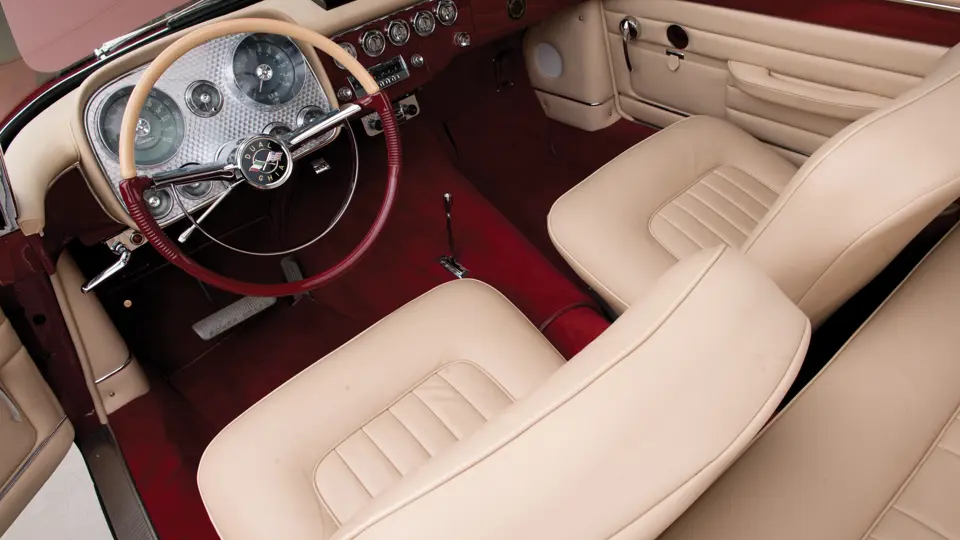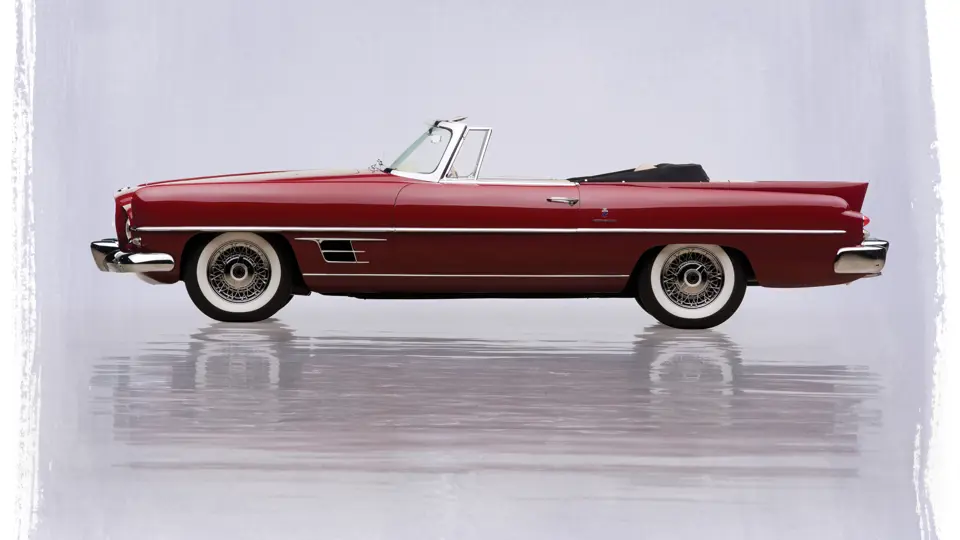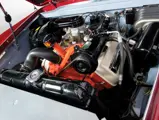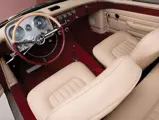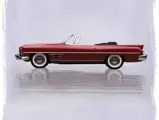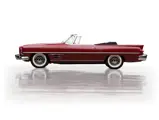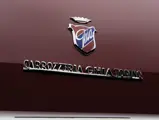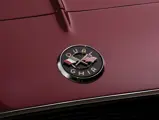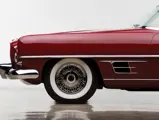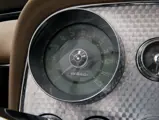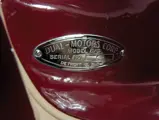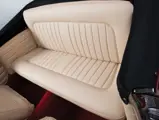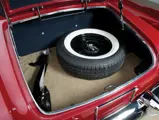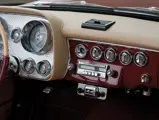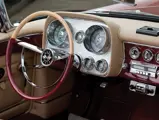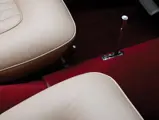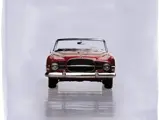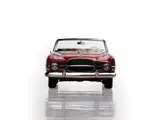230 bhp, 315 cu. in. Dodge D-500 Red Ram V-8 engine with a Carter four-barrel carburetor, two-speed Chrysler Powerflite automatic transmission, independent front suspension with unequal length A-arms and coil springs, live rear axle with semi-elliptical leaf-spring suspension, and four-wheel hydraulic drum brakes. Wheelbase: 115 in.
When Chrysler opted out of putting its striking Dodge Firearrow show cars into production, Detroit trucking magnate Eugene Casaroll purchased the rights to the design. By 1957, his Dual Motors, named for the twin-engine trucks that the factory once produced, had a modified version of the Firearrow in production. It was known as the Dual-Ghia, and it featured an unbeatable combination of reliable Motor City-bred Dodge V-8 power and gorgeous hand-formed bodywork by noted Italian carrozzeria Ghia, of Turin. Exhaustive attention to detail and extensive handcraftsmanship resulted in a beautifully finished automobile with a luxurious interior, one that featured such sporty notions as front bucket seats and a dashboard with a full set of instruments that was set against engine-turned aluminum.
Casaroll’s genius was in recognizing the value of social status and upper-class appeal. Long before the Ferrari factory studied how many of a car they could sell and then built one fewer to ensure demand, the father of the Dual-Ghia personally hand-chose his customers from a list of clamoring applicants. Frank Sinatra, who was the brightest of all stars at the time, was a natural choice, as were his friends Peter Lawford and Eddie Fisher. Writing in their seminal Dual-Ghia history, which was published in Automobile Quarterly, John Martens and Dr. Paul Sable recounted when a would-be buyer in Brooklyn was refused a car on the grounds that one had already been delivered there. He then offered to move to Connecticut, only to be told that one had already been sent to the Constitution State as well.
It was this one-upmanship that led legendary Hollywood columnist Dorothy Kilgallen to wisecrack that a Rolls-Royce was the “status symbol for those who can’t get a Ghia.” Presumably, there were a lot of Rolls-Royces delivered in the late 1950s, but only about 100 Dual-Ghias were made between 1956 and 1958. With the exception of a duo of prototype coupes, all were convertibles.
CHASSIS NUMBER 162
The Dual-Ghia Convertible offered here, chassis number 162, was formerly the personal car of Joe Morgan, of New Hampshire, who was one of the most prominent Dual-Ghia experts and restorers. Mr. Morgan restored the car himself, paying his usual attention to authenticity, accuracy, and detail. The body was finished in deep, rich Maroon, with excellent, high-quality chrome plating throughout, including on the correct Motor Wheel wire wheels, and the interior was beautifully tailored with tan leather upholstery, which contrasted with the body-color carpeting and dashboard trim. Under the hood was faithfully detailed, with correct wiring and labels, and it is presented to a factory-correct standard.
Upon completion, the Dual-Ghia was sold to Bebe Schudroff, of Pound Ridge, Connecticut. Mrs. Schudroff was thrilled with her new acquisition, writing to Dual-Ghia historian Dr. Paul Sable to tell him that “when he opened his garage door, my mouth dropped. No words can describe the Dual-Ghia…I knew it was mine!!” In her hands, the car made its debut at the 2006 Greenwich Concours d’Elegance, where it was awarded Chairman’s Choice. In 2007, it moved on to the Pebble Beach Concours d’Elegance, appearing in the Postwar Custom Coachwork class and taking part in the Pebble Beach Motoring Classic.
The Andrews’ purchased the Dual-Ghia directly from Mrs. Schudroff in June 2009 and added it to their prominent collection, where it has continued to be professionally maintained and looked after by their full-time team. It remains in utterly spectacular condition throughout, with mirror-smooth paint, excellent body gaps, and a superb interior that looks as if it were just installed, and it is ready for continued concours competition, which is a testament to the lasting excellence of Mr. Morgan’s work.
This is one of the finest Dual-Ghias known to survive, as it has been restored by one of the best for his own personal use, and it would be as appropriate for a collection of fine coachbuilt classics as for a gathering of modern sporting cars.
It is fast, it is elegant, it is powerful, and it is, as it was in 1957, utterly exclusive.


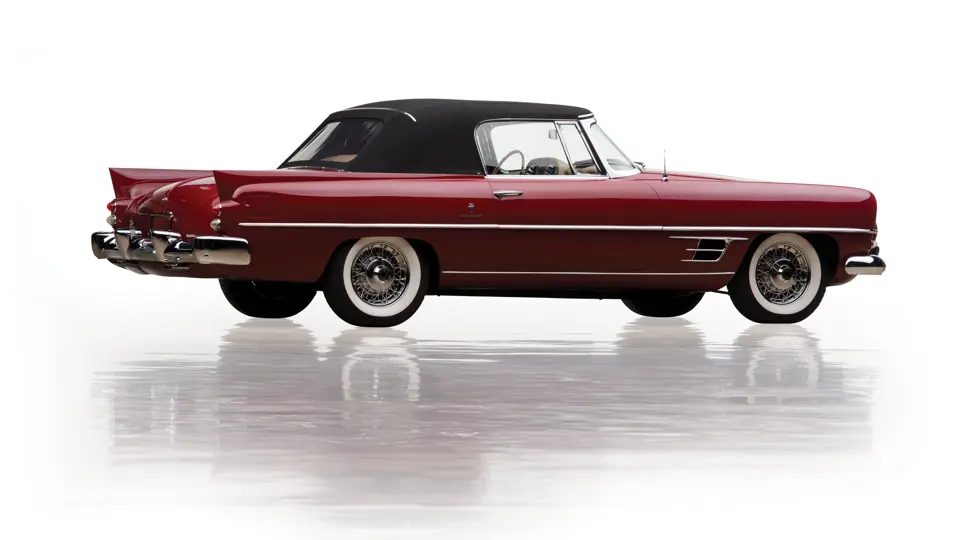

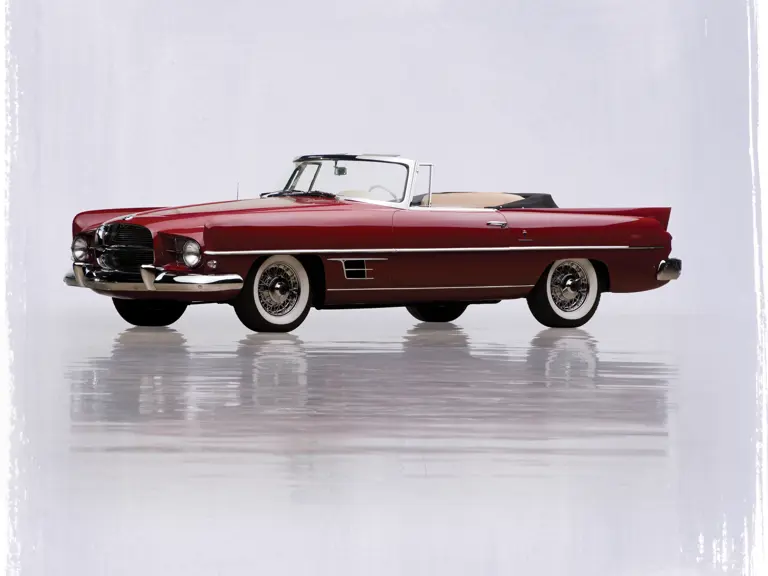
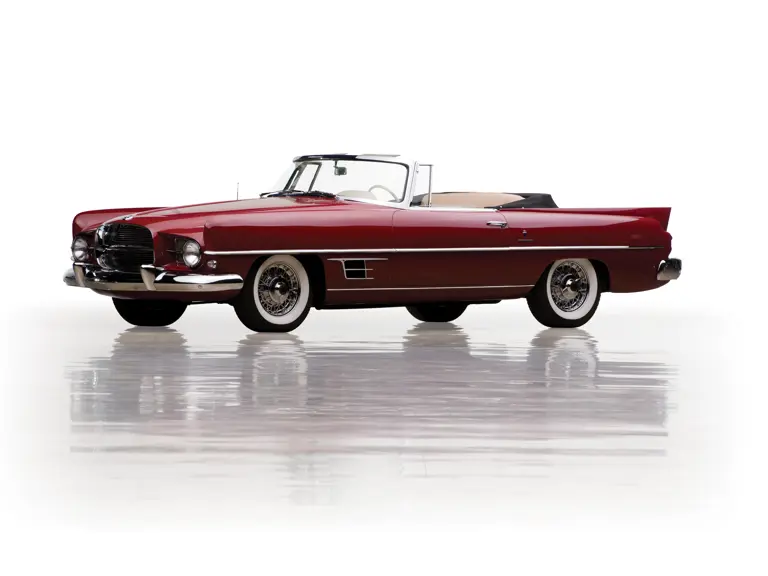
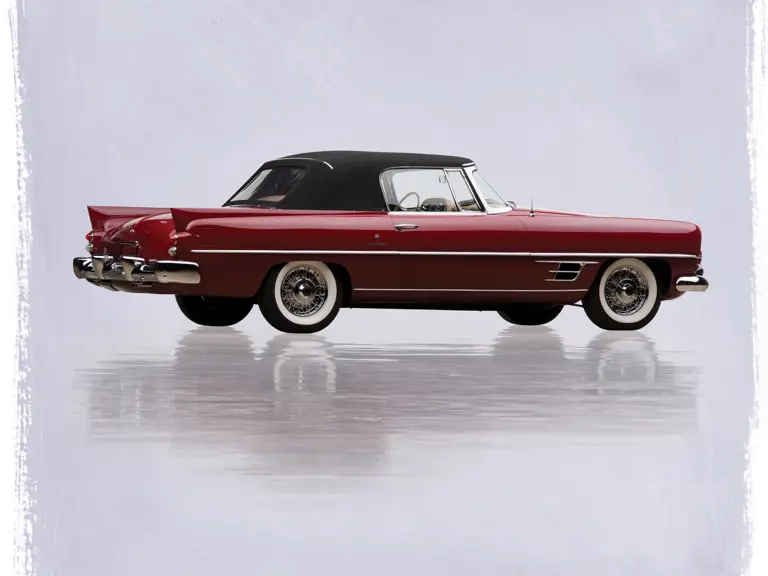
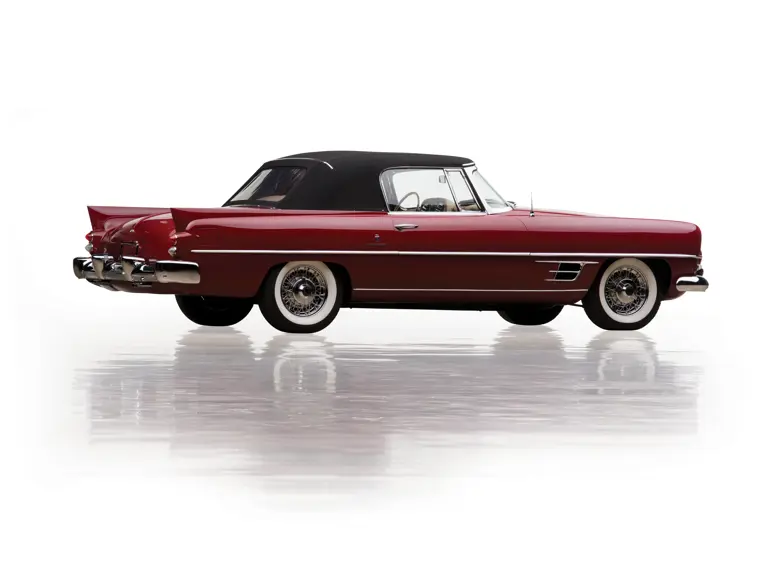

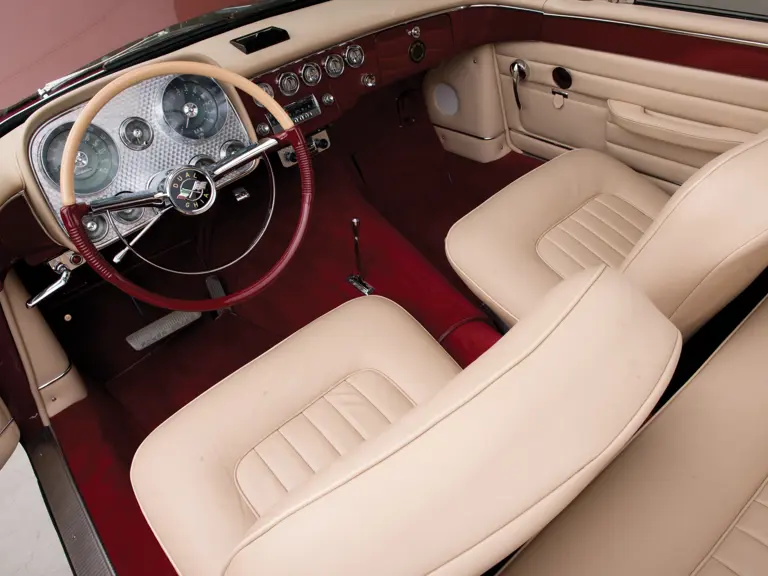
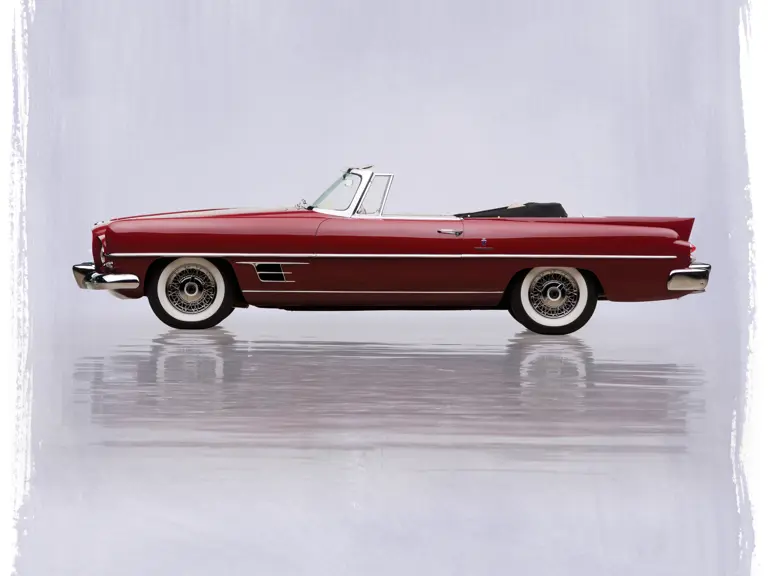
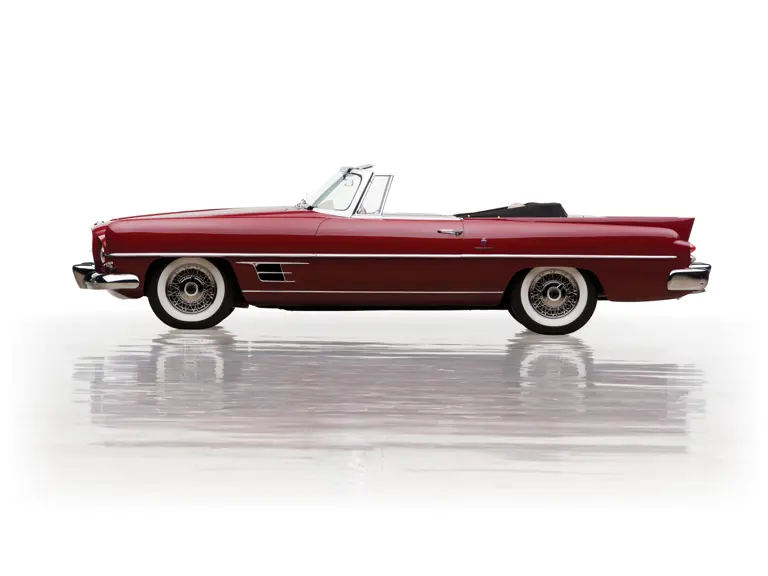
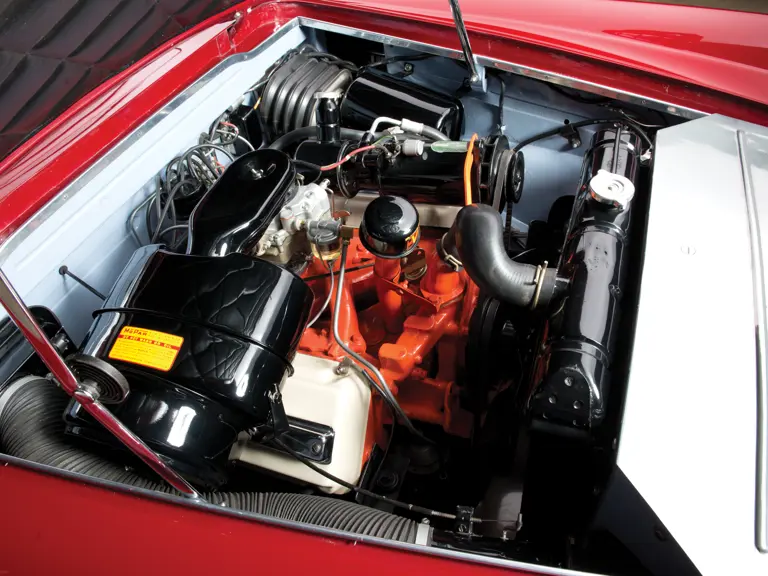
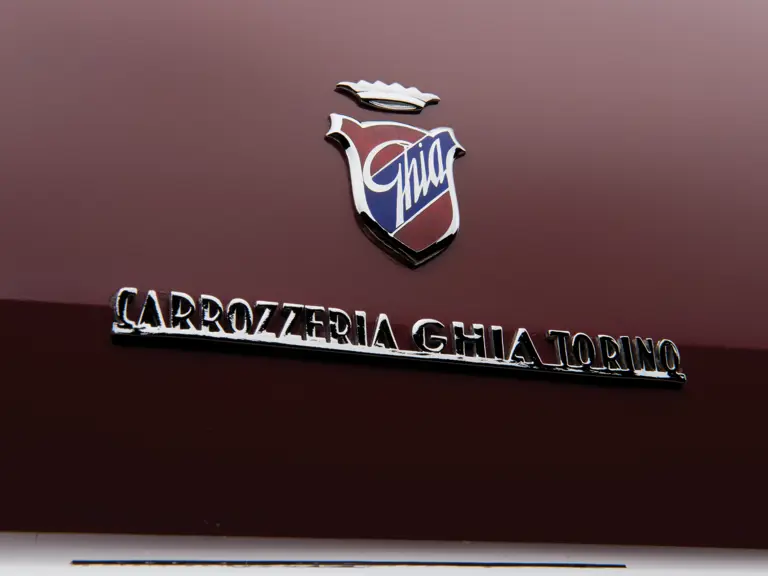
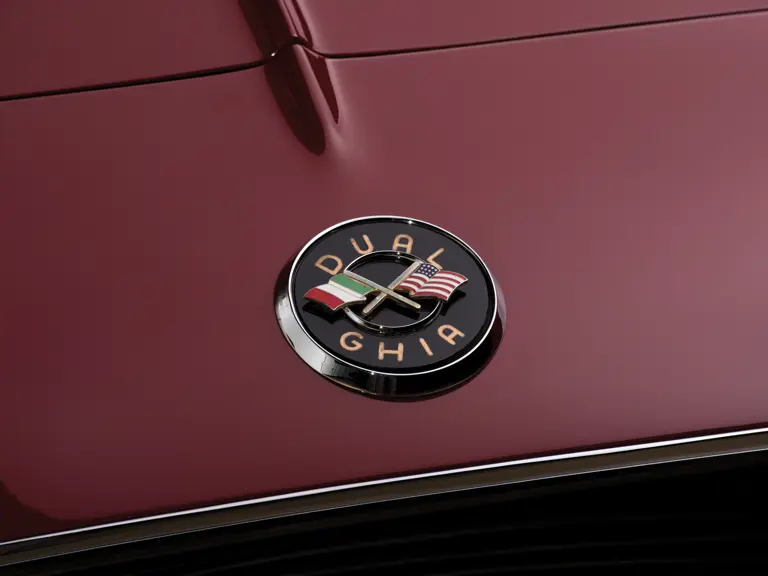

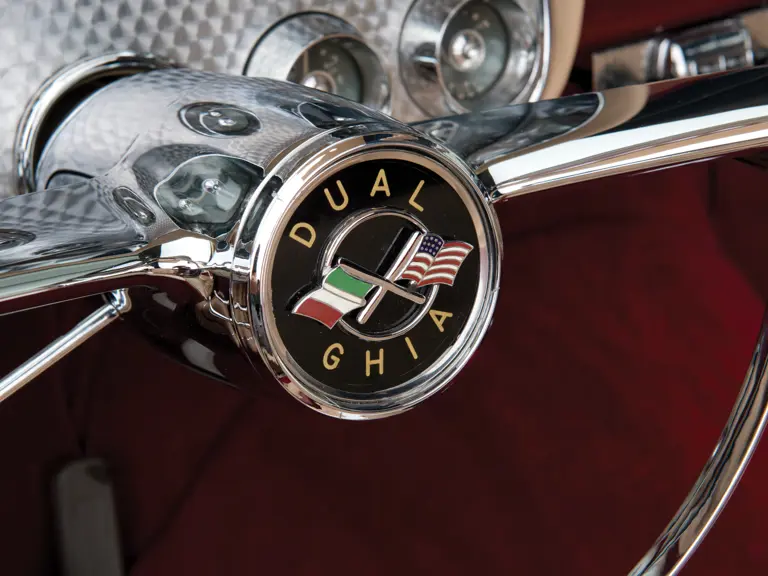
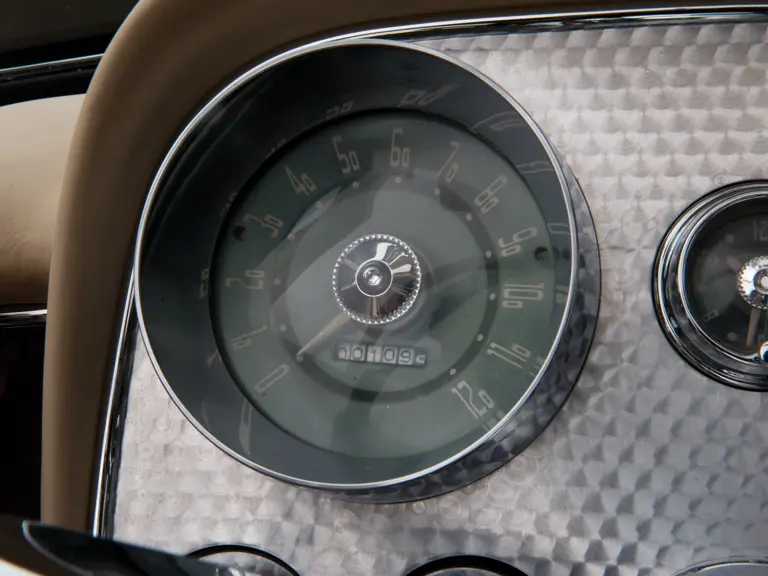
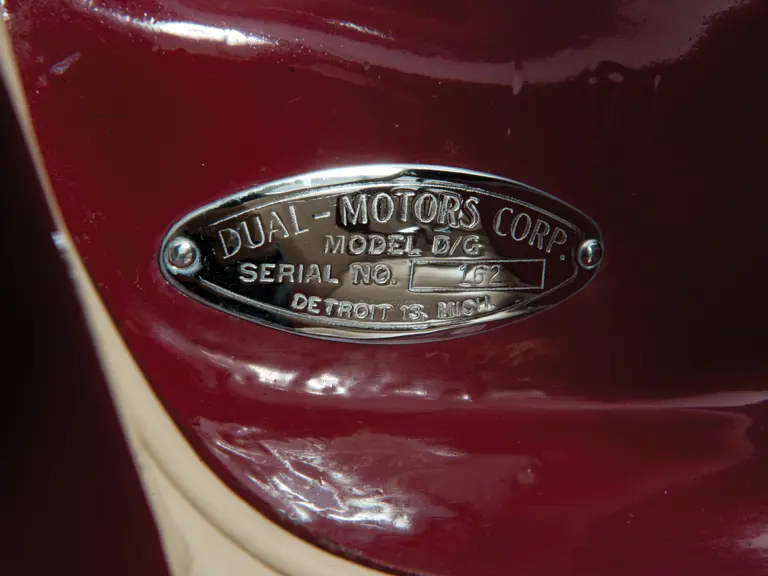
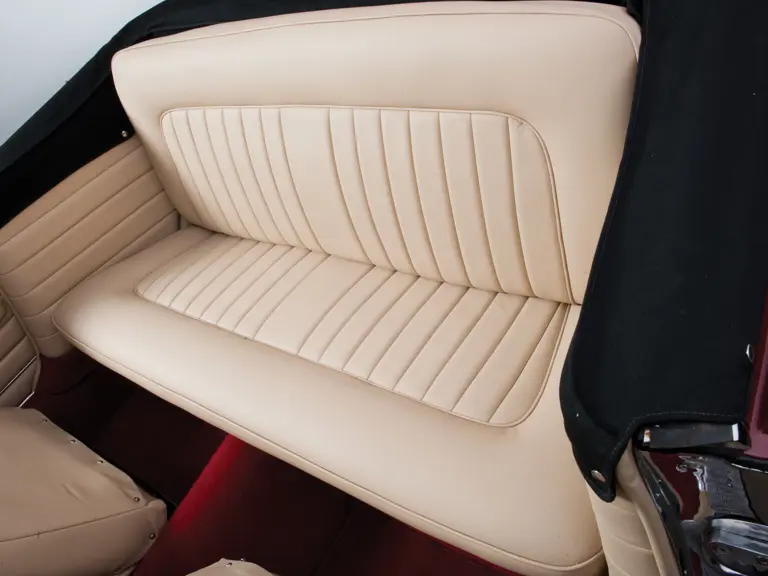
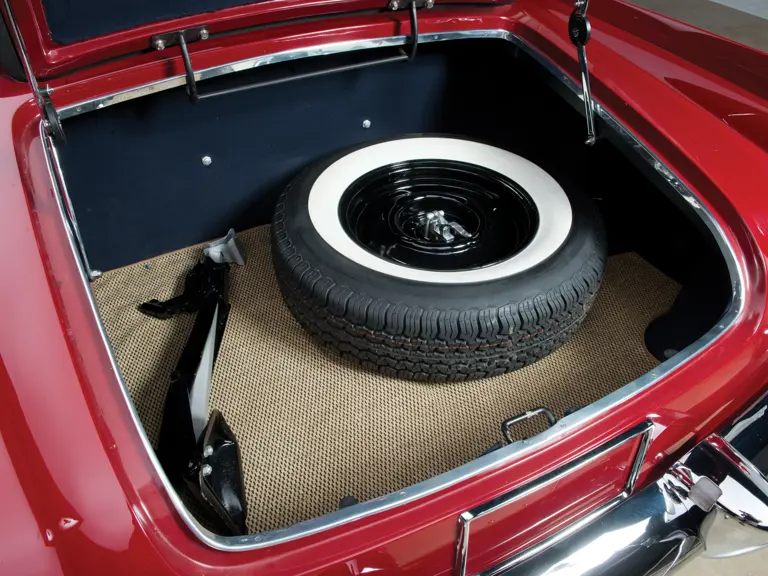

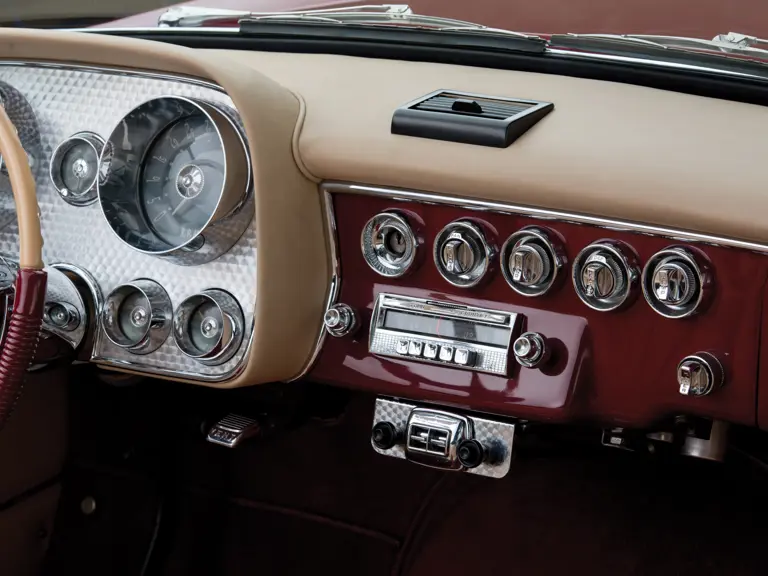
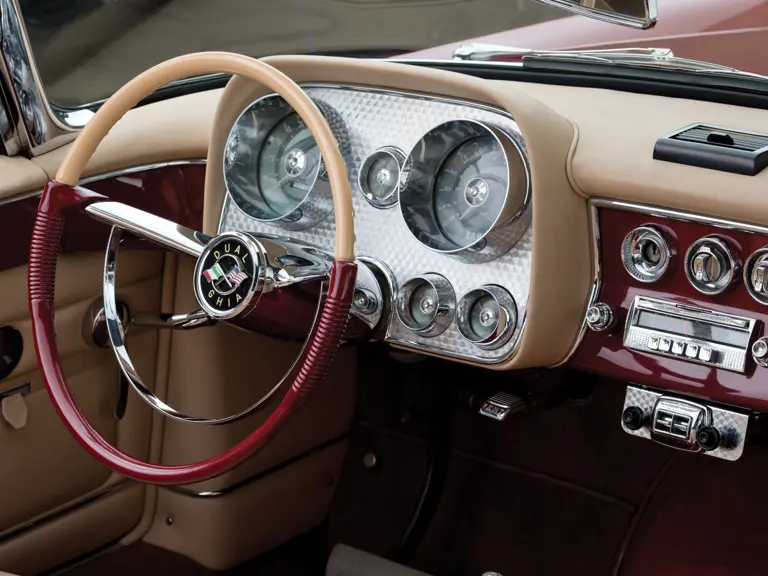
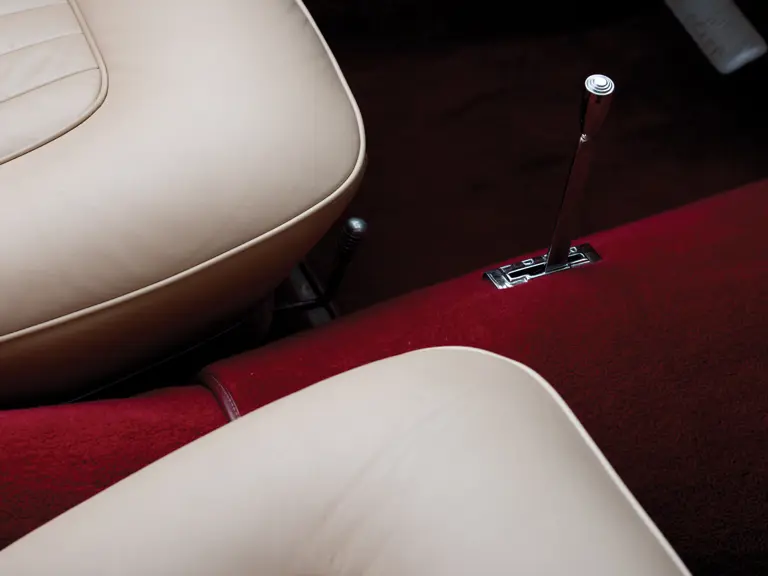
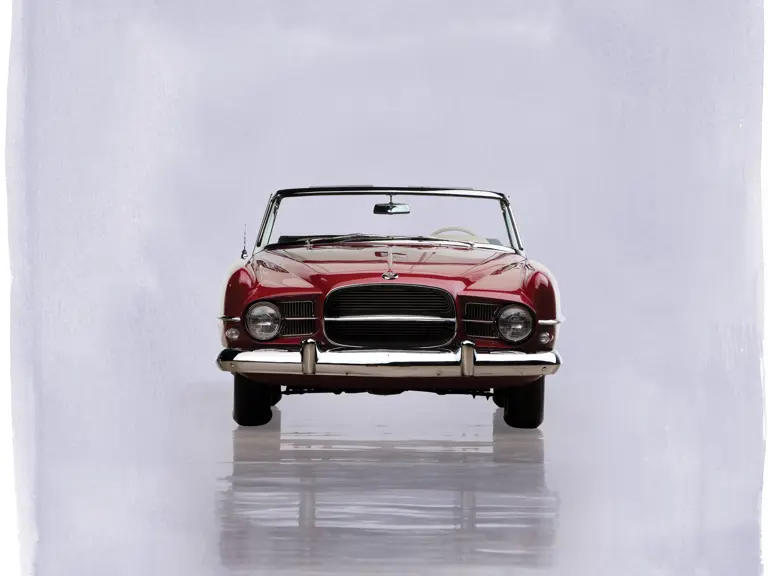
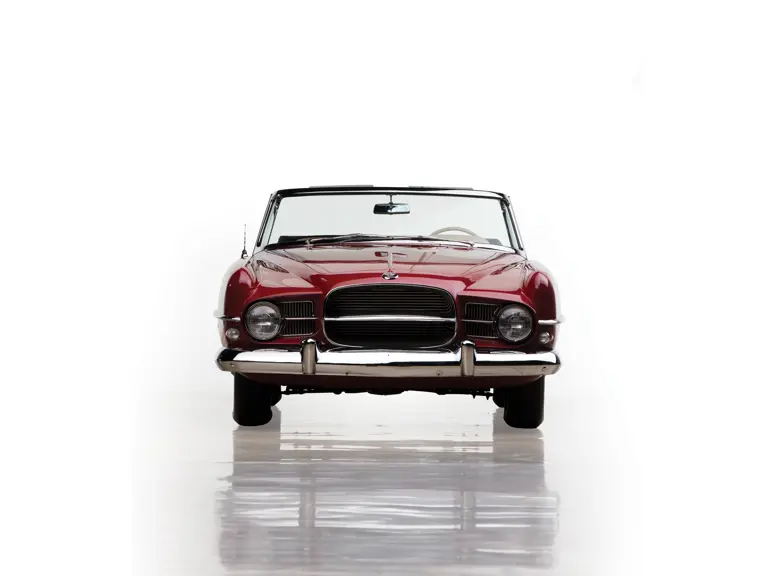

 | Fort Worth, Texas
| Fort Worth, Texas

